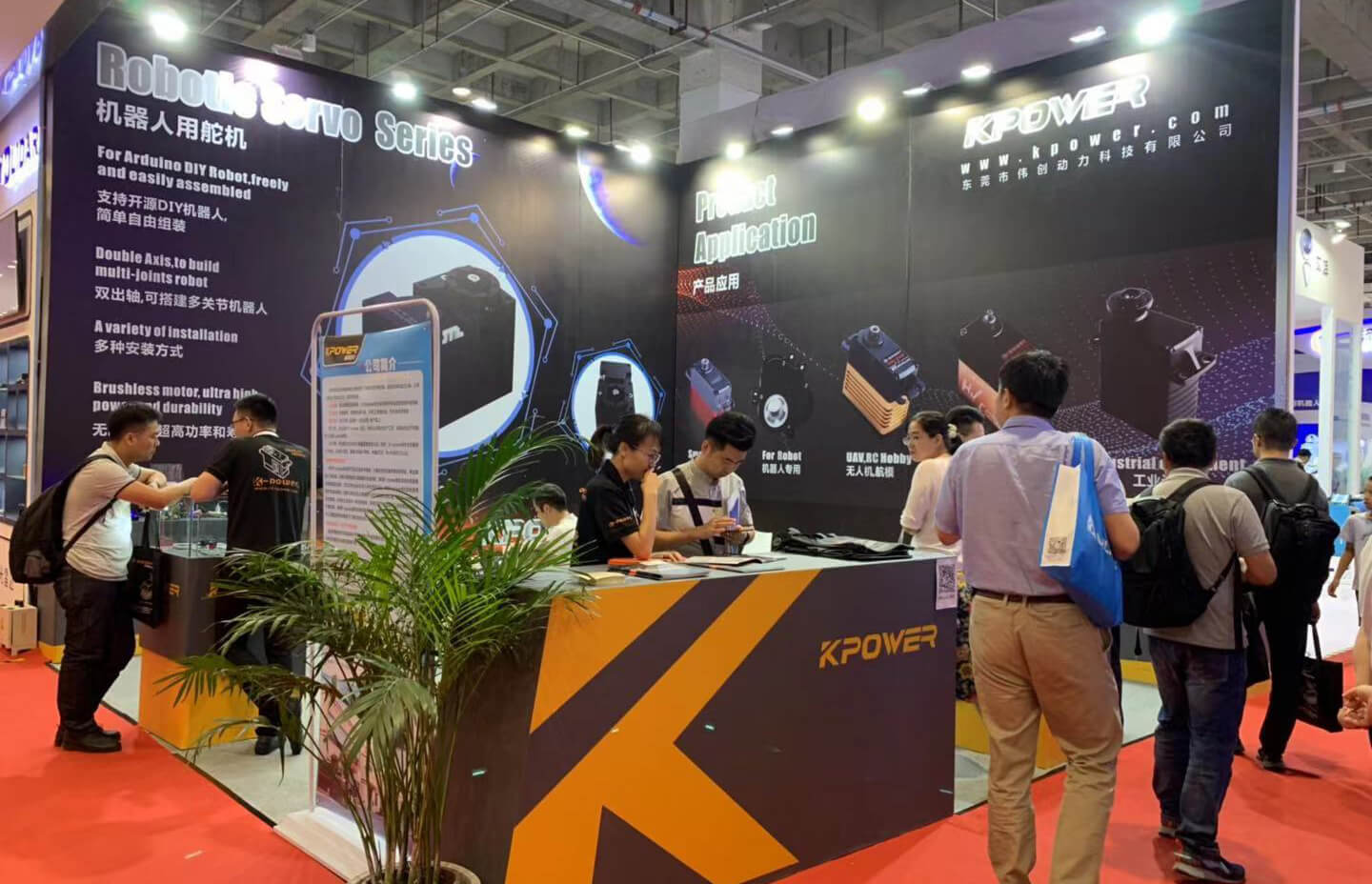Imagine a tiny gear, intricately designed, spinning with pinpoint precision, powering the complex movements that enable your favorite robotic arm to perform delicate tasks. Now imagine this gear not as a physical object, but as a detailed 3D model—a digital replica that opens doors to endless possibilities in design, testing, and production. Welcome to the dynamic universe of servo motor gear 3D models, where engineering meets digital artistry to redefine how we approach mechanical innovation.

The Significance of 3D Modeling in Modern Engineering
In the fast-paced realm of robotics and automation, precision is king. Engineers and designers rely heavily on computer-aided design (CAD) software to craft detailed models of every component—from housings to tiny gears. Among these, the servo motor gear stands out as a fundamental element, translating digital signals into mechanical motion with remarkable accuracy.
3D models serve multiple purposes: they provide a visual representation, facilitate simulations, assist in identifying potential flaws, and streamline the manufacturing process. For servo motor gears, having a high-fidelity 3D model means capturing every tooth profile, gear ratio, and material property with meticulous detail, ultimately leading to a more efficient and reliable product.
Why Focus on Servo Motor Gear Models?
Servo motors are the backbone of precise motion control systems. Their gears determine speed, torque, and positional accuracy. High-quality 3D models help engineers optimize gear designs before physical prototypes are built, saving time and resources. Additionally, these models are critical for rapid prototyping—whether through CNC machining or 3D printing—allowing quick iterations and improved final products.
The benefits extend beyond manufacturing. Virtual testing with 3D models enables the prediction of gear behavior under various loads and conditions. Engineers can simulate wear and tear, vibration effects, or thermal expansion—making sure the gears are resilient and durable long before they hit the workshop.
From Concept to Reality: Creating the Perfect 3D Model
Designing a servo motor gear 3D model begins with precise parameters: gear tooth count, pitch diameter, module, pressure angle, and face width. Modern CAD software, like SolidWorks, Fusion 360, or Fusion 360, provides specialized tools that facilitate intricate gear design. Using generative design or parametric modeling, creators can tweak dimensions seamlessly, exploring a multitude of configurations.
A popular approach involves starting with an existing gear profile, then customizing for specific applications—such as high-torque scenarios or rapid-motion environments. Engineers pay close attention to meshing—ensuring that teeth engage smoothly without slipping or unnecessary friction. This level of detail is crucial for servo applications, where milliseconds matter, and even minor flaws can cause jitter or failure.
Materials in Digital Models: Visualizing Real-World Performance
While the 3D model itself is digital, it often includes properties like material type—plastic, steel, aluminum, or composite—each affecting performance. Simulation tools allow for stress analysis on different materials, predicting how the gear will react under load. These virtual tests translate into smarter decisions during material selection, enhancing durability without adding excess weight or cost.
Standards and Compatibility
Many servo motor gears adhere to industry standards such as DIN, ISO, or AGMA specifications. When creating or selecting 3D models, ensuring compliance guarantees compatibility with existing parts and systems. Engineers often download or purchase pre-made models that conform to these standards, streamlining integration into larger designs.
The Shift Toward Open-Source and Custom Models
With the rise of open-source communities, access to high-quality servo gear models has grown exponentially. Platforms like GrabCAD, Thingiverse, or MyMiniFactory host extensive libraries of downloadable 3D models—many of which are customizable. Hobbyists and professionals alike leverage these models for educational purposes, prototyping, or even small-scale production.
Digital Twins and Future Innovations
The advent of digital twin technology—where a virtual replica of a physical system exists—has further magnified the importance of detailed 3D models. A servo motor gear digital twin allows ongoing monitoring, predictive maintenance, and real-time optimization of robotic systems. By integrating sensor data into the model, technicians can anticipate gear failures before they occur, significantly reducing downtime and repair costs.
The Power of Visualization and Sharing
One of the most attractive aspects of 3D models is visualization. Engineers, stakeholders, or clients can hold virtual prototypes, rotate them, and zoom in on specific features—enhancing understanding and collaboration. Additionally, sharing accurate, detailed models accelerates the development pipeline, avoids miscommunications, and fosters innovation.
Established in 2005, Kpower has been dedicated to a professional compact motion unit manufacturer, headquartered in Dongguan, Guangdong Province, China.




































